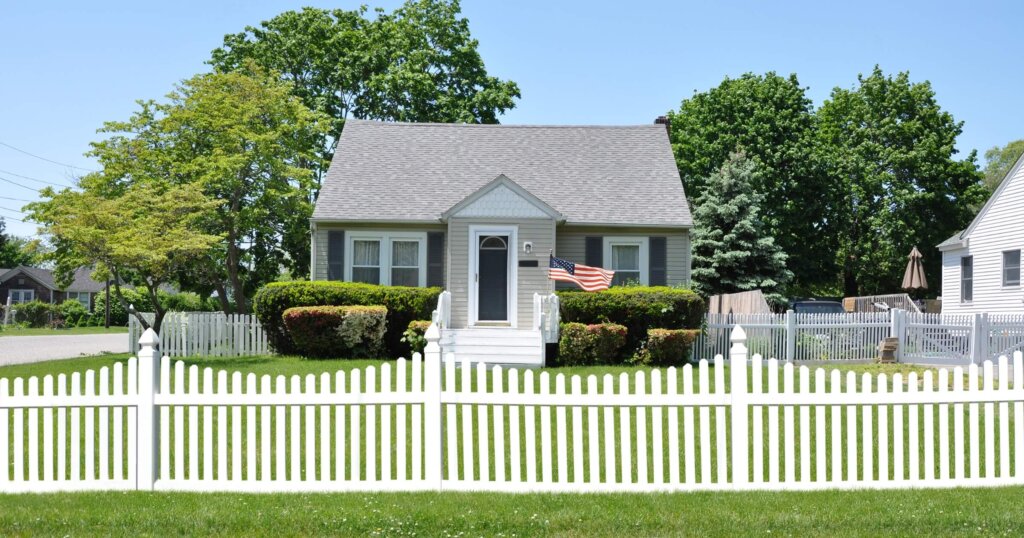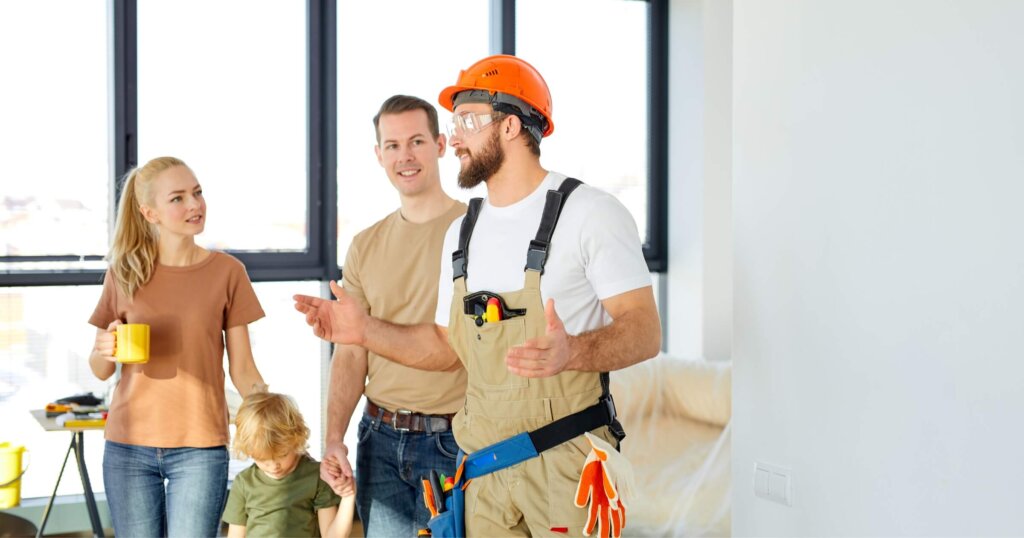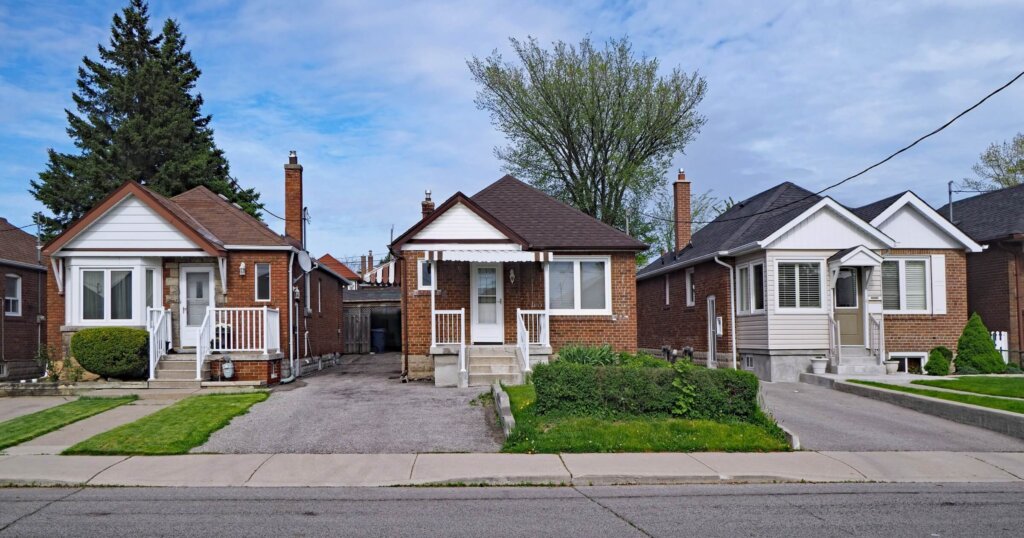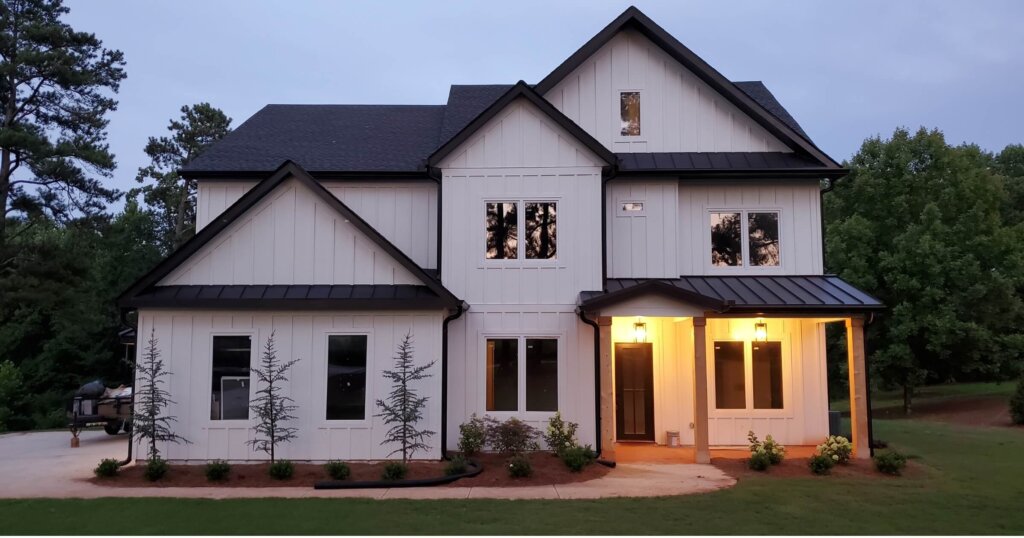How much does it cost to build a house in the U.S, really? Homeowners across the U.S. are weighing the rising cost of building a house against the dream of designing something that fits their needs and lifestyle. Whether you’re planning a modest starter home or a custom build with all the extras, the price can vary significantly depending on where you’re building, the materials you choose, and how involved you want to be in the process. From cost per square foot to labor and permits, a lot goes into figuring out what it really takes to bring a new home to life.
Quick look:
- Building costs vary widely depending on size, location, materials, and labor, with average U.S. construction costs ranging from $150 to $300 per square foot.
- Key factors that influence price include home size, material quality (budget vs. premium), complexity of design, labor choices (DIY vs. contractor), and regional cost differences.
- Hidden or additional expenses, such as land preparation, utility hookups, permits, and disaster-proofing, can add tens of thousands to your total budget.
- Homeowners can save money by taking a hybrid approach; handling simpler tasks themselves while hiring professionals for specialized work.
Average cost to build a house in America
In the United States, the average cost per square foot to build a house typically ranges from $150 to $300, depending on location, material choices, and the level of customization. That means for a 2,000-square-foot home, you’re looking at roughly $300,000 to $600,000, not including the price of land.
According to the latest data from the National Association of Home Builders (NAHB), the median price to build a single-family home is around $428,215, but that can swing significantly based on where you live and what kind of features you’re after.

Image sourced from Shutterstock.
Here’s a rough breakdown to give you an idea of how those numbers play out:
| Build Type | Approx. Square Footage | Cost Range (USD) |
| Small/basic | 1,000–1,500 sq. ft. | $150,000–$250,000 |
| Mid-range | 1,800–2,500 sq. ft. | $250,000–$450,000 |
| Luxury/custom | 3,000+ sq. ft. | $500,000–$1 million+ |
For comparison, Canadian homebuilders can expect similar trends, though prices per square foot range from CAD $200 to $400+, depending on province, labor availability, and material sourcing.
Keep in mind that these estimates are for the structure itself and don’t include land acquisition, property taxes, landscaping, or major utility hookups, which can add tens of thousands more depending on the location.
Key factors affecting the cost of a house
Figuring out how much it costs to build a home isn’t just about square footage; the answer is built on dozens of moving parts. From the kind of materials you choose to where you’re building and who’s doing the work, every decision influences your bottom line. Here’s a closer look at what drives those costs.
Size
More space means more materials, more labor, and more money. A 1,000-square-foot home might cost between $150,000–$200,000, while a 2,500-square-foot home can easily run $375,000–$625,000, depending on finishes and location. Don’t forget that larger homes also come with more complex systems, think plumbing, HVAC, and electrical, which add up quickly.
Materials
Material choices can make or break your budget. There’s a big difference between building a house with basic finishes and going all-in on premium materials.
Budget materials
- Pros
- Affordable
- Easy to source
- Good for starter homes or rental properties
- Cons
- Shorter lifespan
- Limited design options
- Less energy-efficient
Premium materials
- Pros
- Durable and long-lasting
- More attractive aesthetics
- Often better insulation or environmental performance
- Cons
- Higher upfront cost
- Longer lead times
Common material comparisons:
| Feature | Budget Option | Premium Option |
| Siding | Vinyl | Brick or fiber cement |
| Flooring | Laminate | Hardwood or tile |
| Countertops | Laminate or Formica | Quartz or granite |
| Roofing | Asphalt shingles | Metal or slate |
Complexity – simple vs. custom design
The simpler the design, the easier and cheaper it is to build. Production-style or “cookie-cutter” homes follow standardized plans, which saves time and reduces costs. In contrast, custom homes often involve architectural design fees, specialized materials, and unique layouts that drive up the price and extend the timeline.
Labor – DIY vs. contractor pricing
DIY projects can cut 30–50% off labor costs, but they require serious time, skill, and patience. You’ll also need to navigate permits, inspections, and safety regulations. Hiring a general contractor simplifies the process, connects you with vetted trades, and delivers a more polished result, but expect to pay a premium for that efficiency.
Many homeowners opt for a hybrid approach, tackling the framing, painting, or landscaping themselves while leaving plumbing, electrical, and structural work to the pros.
Location – regional differences
Where you build plays a huge role in what you’ll spend. Urban areas generally have higher labor costs, stricter building codes, and more expensive materials. In contrast, rural builds may be cheaper, but you might have to source materials from farther away or wait longer for tradespeople.
Average cost per square foot by region:
- Northeast: $200–$300
- Midwest: $140–$200
- South: $120–$200
- West Coast: $180–$350+
Permits: local building code cost
Permits are a must, and they aren’t free. Most homeowners can expect to pay anywhere from $1,000 to $5,000, depending on location and project size. These fees often include zoning approvals, inspection costs, and, in some cases, utility hookup approvals.
Some cities or counties also require impact fees for new developments, so be sure to check with your local building department before breaking ground.
Other factors
There are a few other big-ticket items that can shift your budget up or down. Planning with these variables in mind helps keep your build realistic and on budget:
- Land and site prep: Grading, excavation, and tree removal can add $10,000–$50,000+
- Utility access: Hooking up to water, power, and sewer lines can be costly, especially in rural areas
- Home style: A simple ranch is usually cheaper than a two-story or split-level, and modular or prefab builds may offer savings with fewer unknowns
DIY vs. hiring a professional to build a house

Image sourced from Shutterstock.
One of the biggest decisions you’ll face when building a house is whether to go the DIY route, hire a professional contractor, or take a hybrid approach. Each option comes with its own set of trade-offs, depending on your budget, timeline, and comfort level with tools and building codes.
| Approach | Pros | Cons |
| DIY | Cost savings, personal control | Time-consuming, risk of error |
| Contractor | Speed, quality, efficiency | Higher cost |
| Hybrid/Mixed | Balance of savings and professional help | Requires careful coordination and planning |
Some people take pride in building their own home from the ground up, while others prefer leaving the heavy lifting to the pros. Many fall somewhere in between, doing the framing, painting, or landscaping themselves, and bringing in licensed contractors for plumbing, electrical, or structural work.
The best approach depends on your skill level, available time, and project complexity. A small cabin might be a great DIY project, but a large custom home with unique systems or features is usually best left to professionals, or a well-planned combo of both.
Basic vs. high-end house examples
To better understand how budget and design choices influence the cost of building a house, let’s compare two real-world examples: a modest bungalow and a luxury custom home.
Basic example: 1,200 sq. ft. bungalow

Image sourced from Shutterstock.
- Size: 1,200 sq. ft.
- Features: Vinyl siding, laminate flooring
- Construction approach: DIY framing; professional plumbing and electrical work
- Estimated cost: ~$180,000–$250,000
This type of home is ideal for first-time builders or those seeking a cost-effective residence. By handling tasks like framing personally and hiring professionals for specialized work, homeowners can achieve significant savings. Building a house yourself can save 20% to 40% in labor costs, though it requires substantial time and effort.
High-end example: 3,500 sq. ft. custom home

Image sourced from Shutterstock.
- Size: 3,500 sq. ft.
- Features: Brick exterior, hardwood floors, solar panels
- Construction approach: Architect-designed; fully contractor-built
- Estimated Cost: $600,000–$1,000,000+
Luxury homes of this caliber offer extensive customization and high-end finishes. The cost per square foot for custom homes ranges from $200 to $550, depending on materials and complexity. Incorporating solar panels can add $15,000 to $30,000 to the upfront cost but may lead to long-term energy savings.
Things to consider for pricing variations
Even with a solid estimate in hand, real-world building costs can shift depending on where and how you build. Labor shortages, local building codes, and supply chain hiccups all play a role in how much you’ll end up paying.
Regional labor and supply chain impact
In areas with booming housing markets or fewer available tradespeople, labor costs tend to run higher. For example, places like California or the Northeast often see elevated rates due to high demand and strict regulations. Meanwhile, in parts of the Midwest or South, labor and materials may be easier and cheaper to source.
Shortages in key materials, such as lumber, drywall, and insulation, can also unexpectedly inflate costs. Global supply chain issues and local delivery delays may impact both your timeline and your wallet.
Natural disaster-prone areas
Building in regions prone to hurricanes, wildfires, or earthquakes often comes with stricter building codes and bigger price tags. Reinforced roofing, flood-proofing, or seismic bracing can add thousands to your build. Insurance premiums are typically higher, too, which can affect your long-term costs.
Use a cost calculator to plan smarter
Online tools like the HomeAdvisor Home Building Cost Calculator can give you a personalized estimate based on location, size, and finish level.
Do your homework before breaking ground
Taking these steps upfront can help you avoid budget surprises down the line, and get a clearer picture of what it’ll actually cost to build your home.
- Get multiple quotes from local builders and trades
- Price out key materials from suppliers in your area
- Review local building regulations, permit fees, and zoning requirements
- Factor in delays, shipping costs, and contingencies
Bottom line
Building a house is a major investment, but knowing what factors influence the cost, like materials, labor, size, and location, makes it a lot easier to set realistic expectations and stay on budget. Whether you’re going DIY, hiring a pro, or mixing both, a clear plan helps turn your vision into a home without breaking the bank.
Want to learn more about building a home and what options to choose? Check out our other articles covering:
- Cost of 3D printing a home in the US
- 10 affordable prefab homes in 2025
- 6 affordable shipping container homes
Subscribe to our newsletter for weekly insights, real-world cost breakdowns, and expert advice for every phase of your build, from foundation to final inspection. You’ll get practical information, not fluff, tailored for professionals in the field.



1 comment